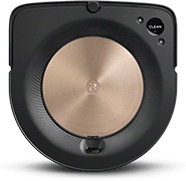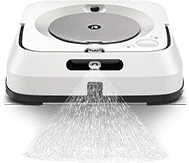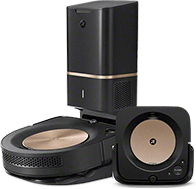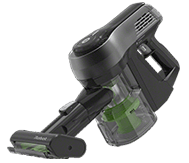How Can Activated Charcoal In Air Purifiers Make My Air Cleaner
For many of us, the smell of burning charcoal carries memories of backyard BBQ’s and happy days at the beach. But charcoal isn’t just for summertime fun. In fact, charcoal has been used for thousands of years for everything from painting to cooking to better digestion.
What is charcoal?
Charcoal is a carbon residue made by partially burning wood and other organic materials using a limited air supply. Because it’s dehydrated, charcoal burns much hotter than wood.
What’s the difference between charcoal and activated charcoal?
Activated charcoal is charcoal that has been heated to a very high temperature. Even though it sounds simple, the heating process actually results in an important chemical change.
When the temperature of the charcoal is raised, the elements and compounds that were bound with the carbon atoms are removed and all the binding sites for carbon become “free” for binding with other molecules and atoms, c
A good way to think of it is that charcoal is carbon and activated charcoal is charcoal that has been treated with oxygen to open up millions of tiny pores between the carbon atoms.
The porous nature of activated carbon makes it especially useful in trapping odors and volatile organic compounds (VOC’s) in the air. Activated carbon removes them through a process called adsorption.
For instance, our p7 Pro has been shown to remove formaldehyde from indoor air at a rate of 108 cubic feet per minute.
Did you mean absorption?
Nope. In absorption, the substance you want to remove is pulled in to the structure of the absorbent, like a paper towel absorbing milk. The milk fills the spaces inside the paper towel, but never becomes part of it on a molecular level.
Adsorption, on the other hand, is a chemical process. So, the pollutants that enter actually stick to the outside of the carbon. As long as there is an open adsorption site (and, in activated carbon there are plenty), the pollutants will keep sticking to the carbon.
This process of adsorption makes carbon filters particularly useful in removing chemicals from the air.
How do you know when your carbon filter is saturated?
The first sign that your carbon air filter is saturated may be the smell. This happens because when the carbon is saturated, the chemicals have nowhere to go and are re-released into the air. Unfortunately, not all chemicals have odors and by the time the room smells bad, a lot of gases may have already been released into the air.
Make sure to follow manufacturer recommendations on how frequently to change your filters.
So, as long as I have a carbon filter, I can be sure my air is clean?
No! While carbon filters do a good job of removing many kinds of gases and odors, they aren’t useful in getting rid of other kinds of particles like dust and pollen. Certified HEPA filters are your best option to keep your air free of those types of pollutants.
All of our purifiers at aeris use a combination of activated carbon and true HEPA filters to remove both particulate and chemical contaminants from your indoor air. Check out our product line to find the purifier that’s right for your home or office.
This post was originally published on April 10, 2020, and was last edited on November 7, 2022.




